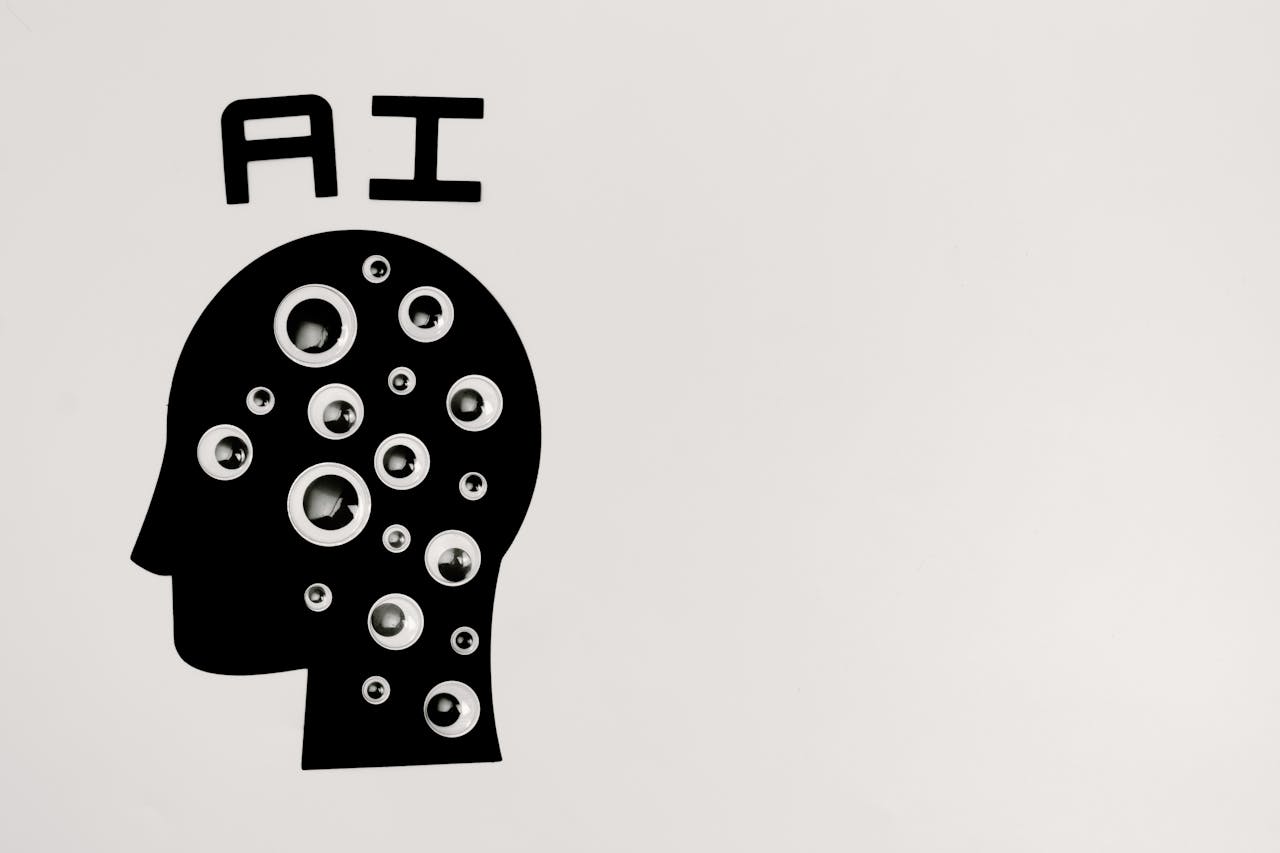While AI improves the detection of cybersecurity threats, it simultaneously ushers in more advanced challenges.
Research from Keeper Security finds that, despite the implementation of AI-related policies, many organisations remain inadequately prepared for AI-powered threats.
84% of IT and security leaders find AI-enhanced tools have exacerbated the challenge of detecting phishing and smishing attacks, which were already significant threats. In response, 81% of organisations have enacted AI usage policies for employees. Confidence in these measures runs high, with 77% of leaders expressing familiarity with best practices for AI security.
Gap between AI cybersecurity policy and threats preparedness
More than half (51%) of security leaders view AI-driven attacks as the most severe threat to their organisations. Alarmingly, 35% of respondents feel ill-prepared to address these attacks compared to other cyber threats.
Organisations are deploying several key strategies to meet these emerging challenges:
- Data encryption: Utilised by 51% of IT leaders, encryption serves as a crucial defence against unauthorised access and is vital against AI-fuelled attacks.
- Employee training and awareness: With 45% of organisations prioritising enhanced training programmes, there is a focused effort to equip employees to recognise and counter AI-driven phishing and smishing intrusions.
- Advanced threat detection systems: 41% of organisations are investing in these systems, underscoring the need for improved detection and response to sophisticated AI threats.
The advent of AI-driven cyber threats undeniably presents new challenges. Nevertheless, fundamental cybersecurity practices – such as data encryption, employee education, and advanced threat detection – continue to be essential. Organisations must ensure these essential measures are consistently re-evaluated and adjusted to counter emerging threats.
Source: Artificial News
